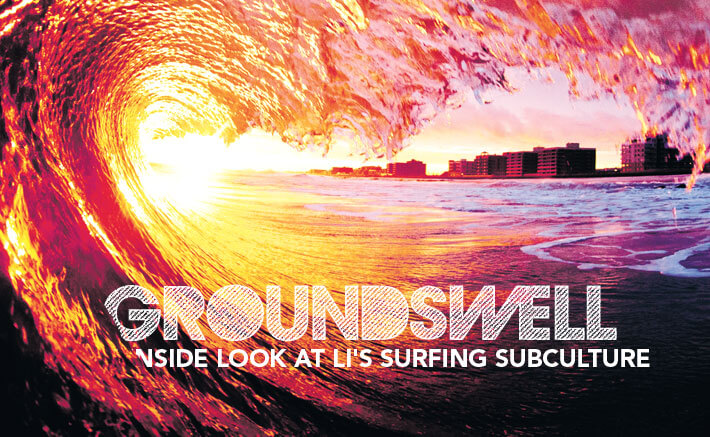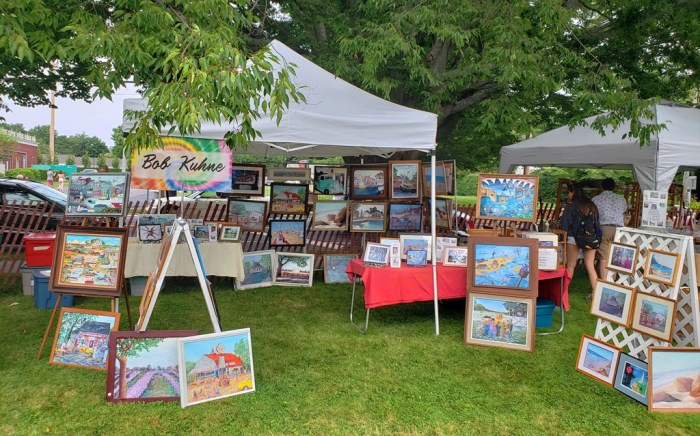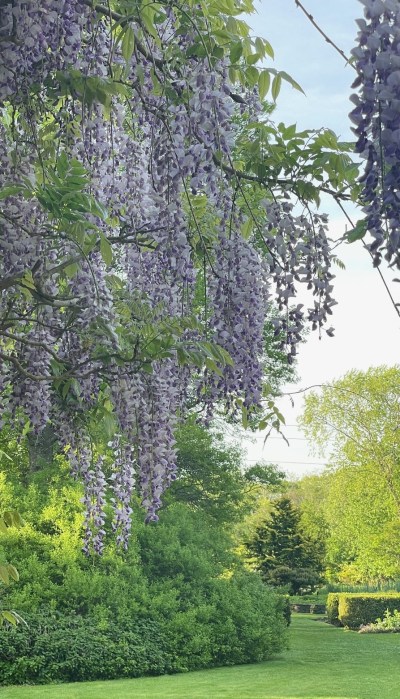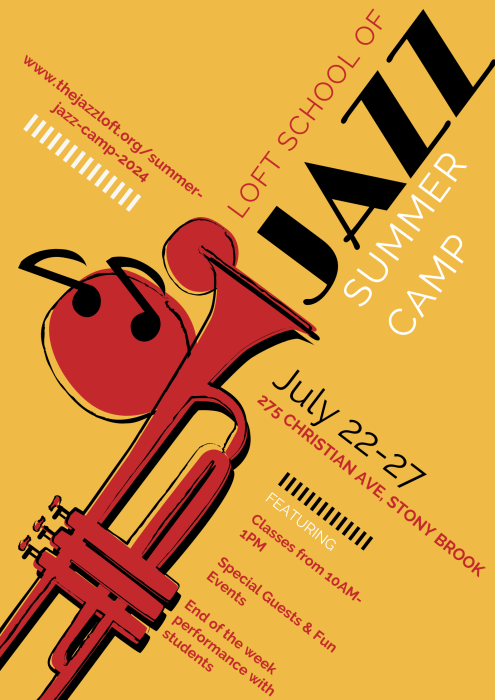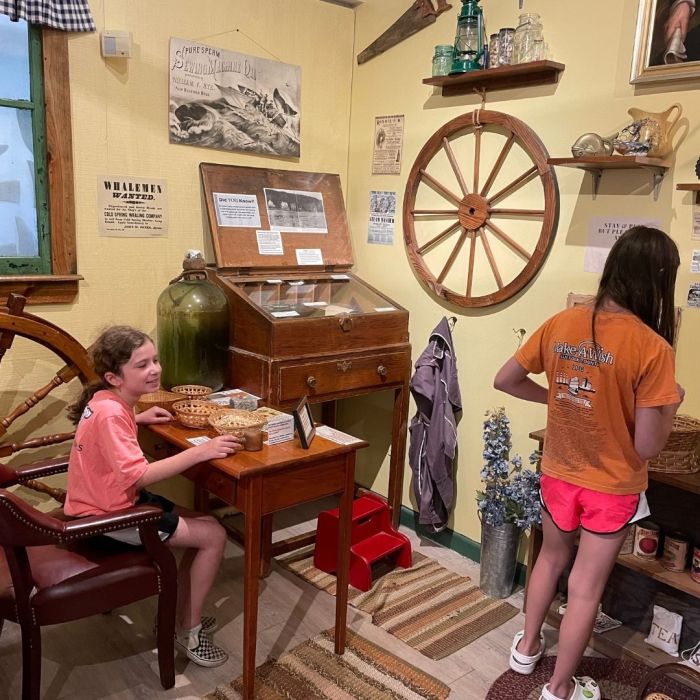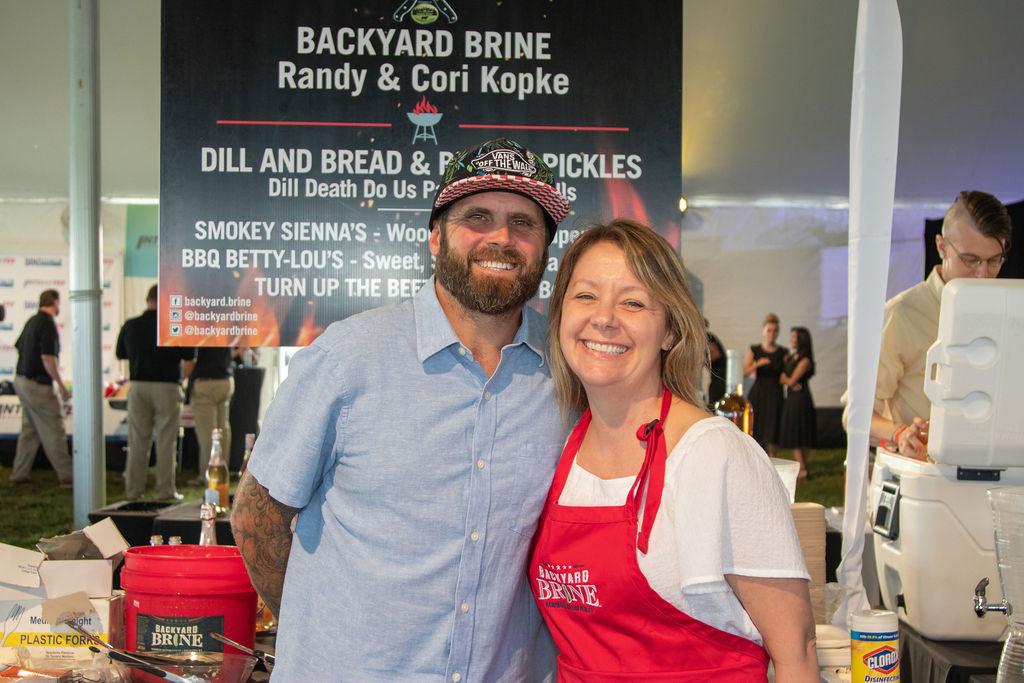Wave Science
There are many reasons why Long Island’s surf culture is so hidden. Part of it is that the waves are not consistent, and they don’t break the right way at every beach, so surfers aren’t out much. Henry Bokuniewicz, an oceanography professor at Stony Brook University, says the Island’s geography makes for unusual wave regularity and not-always-great surfing conditions.
“Long Island does have a unique combination” of waves, Bokuniewicz says.
Four factors generate LI’s waves. Wind waves, which are determined by how long the wind blows over the water, come from the Jersey Shore and meet with big ocean waves that travel west from Montauk. Swells, or waves that take longer periods of time to break and meet the shore, come from the Caribbean and combine with the wind and ocean waves. The swell directions are what surfers pay close attention to.
Last, the bathymetry, or the shape of the shore, also plays a factor in wave formation. Many inlets, such as the Shinnecock Inlet, consist of sand bumps that change wave height. And unlike the majority of the East Coast, LI’s shoreline faces south. Bokuniewicz says this geographic difference is responsible for the unique swelling effect.
An example of an unusual phenomenon on the East End that makes one particular spot very popular to surf is called Threes. Throughout the world, beaches such as Jaws in Maui and Pipeline in O’ahu are named for their waves. At Jaws, the waves can reach up to 120 feet and move as fast as 30 miles per hour. Pipeline is notorious for waves that break in shallow water and curl so that surfers can tube ride. Threes is named for the third rideable wave in a rare combination surf.
The first wave from the Atlantic Ocean comes from an eastern jetty, and the second wave bounces off it. A wave from a western jetty then breaks as the third wave that surfers ride. Buonaiuto, who wrote an essay on the phenomenon, says Threes occurs only a few times a year and only lasts about an hour.
But when it happens, it’s worth the wait.
“We have some of the best small waves in the world,” says Fawess, who has surfed the whole East and West coasts, Hawaii, Texas, the Caribbean, Barbados, and parts of Europe.
It takes a religious following of the weather and an impressive understanding of swells and winds to know which days are good to surf. In the past, surfers had to just gamble their time and head to the beach in hopes of good waves, but now advances in technology, specifically the Internet, have made it easier for them to plan their outings rather than take a chance. Many websites provide daily surf reports for specific spots and beaches. When conditions at one part of the Island are better than another, surfers will go out of their way to get there, even if that means driving from Long Beach to Montauk.
“It’s kind of like, wherever the conditions are, that’s where you surf,” Quinn says.
But contrary to all the surf movies that wash up during the summer, this season does not yield the best surfing conditions. Hurricane swells bring pretty decent surf, but starting in October and into the winter, Nor’easters are accountable for the best waves.
“Some of the days where you have Nor’easters, you’re shoveling out your car,” Buonaiuto says.
Shoveling out their cars, and then lugging extra gear and equipment onto the beach. Most surfers throughout the world have the advantage of warm, sunny weather to surf in all year long. But LI winters, although very mild this past year, often bring frigid temperatures and sometimes feet of snow. Wetsuits are crucial for surfers during this season.
Regardless, all of this doesn’t hold them back from feeding their hunger for rideable waves.
“You pull into Gilgo on a Saturday” in the winter, Bunger says, “you’ll see 100 guys in the water.”
The lack of great surf throughout most of the summer, however, did not stop Quicksilver Pro—one of the biggest surf competitions in the world—from coming to LI and practically transforming a city overnight last year.
The name speaks for itself: Long Beach is a city alongside two miles of white sand on the Island’s South Shore. It is characterized by three-lane boulevards and narrow sidestreets, delis and surf shops, not to mention a large population of surfers among its 34,000-plus residents. Some surfers describe Long Beach as the closest thing to California in the Northeast.
“We have this image of Surf City,” says Billy Kupferman, a Long Beach resident and Spanish teacher at the Stratford School in Garden City.
Kupferman grew up in Long Beach and surfed for most of his life. Although the sport is very accepted among the community now, the 33-year-old recalls a time when surfers there had very bad reputations, specifically when he was a teenager attending Long Beach High School.
As he sits on his living room couch, one leg tucked under him as the other dangles off the seat, he reminisces about being seen as a troublemaker despite graduating salutatorian of his class. He says that back in the ’90s, most of Long Beach had still not grasped the magnitude of the sport’s popularity. The community saw it as a delinquent’s hobby.
Some residents still viewed the sport in a negative light as recently as this winter. Knowing Quiksilver would bring in more surfers to the city, and to get organized beach access for surfing, Kupferman and a few other surfers formed the Long Beach Surfers’ Association (LBSA). The group worked with city officials to create a pilot schedule of designated times for surfing at specific beaches that summer. Because of its success, the LBSA sought out more space earlier this year. It wasn’t without backlash from some, yet the LBSA was successful again.
Quiksilver left its mark, too—creating a whole new persona for the city. The brand even opened a shop in Oceanside that Mike Nelson and Dave Juan own in addition to Unsound.
“Quiksilver did a good job engaging the general public about surfing here,” Nelson says.
“Hopefully the city will try to capitalize on that,” Kupferman says.
“If they think of New York and surfing, they think of Long Beach,” he adds. “It definitely left its mark.”



